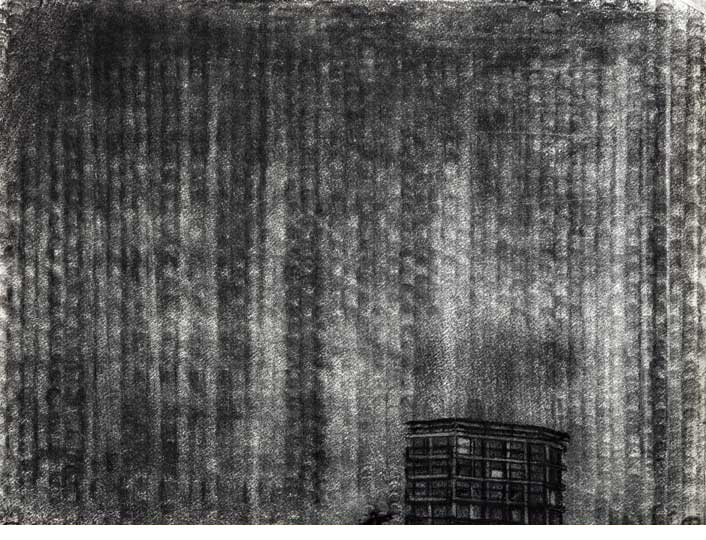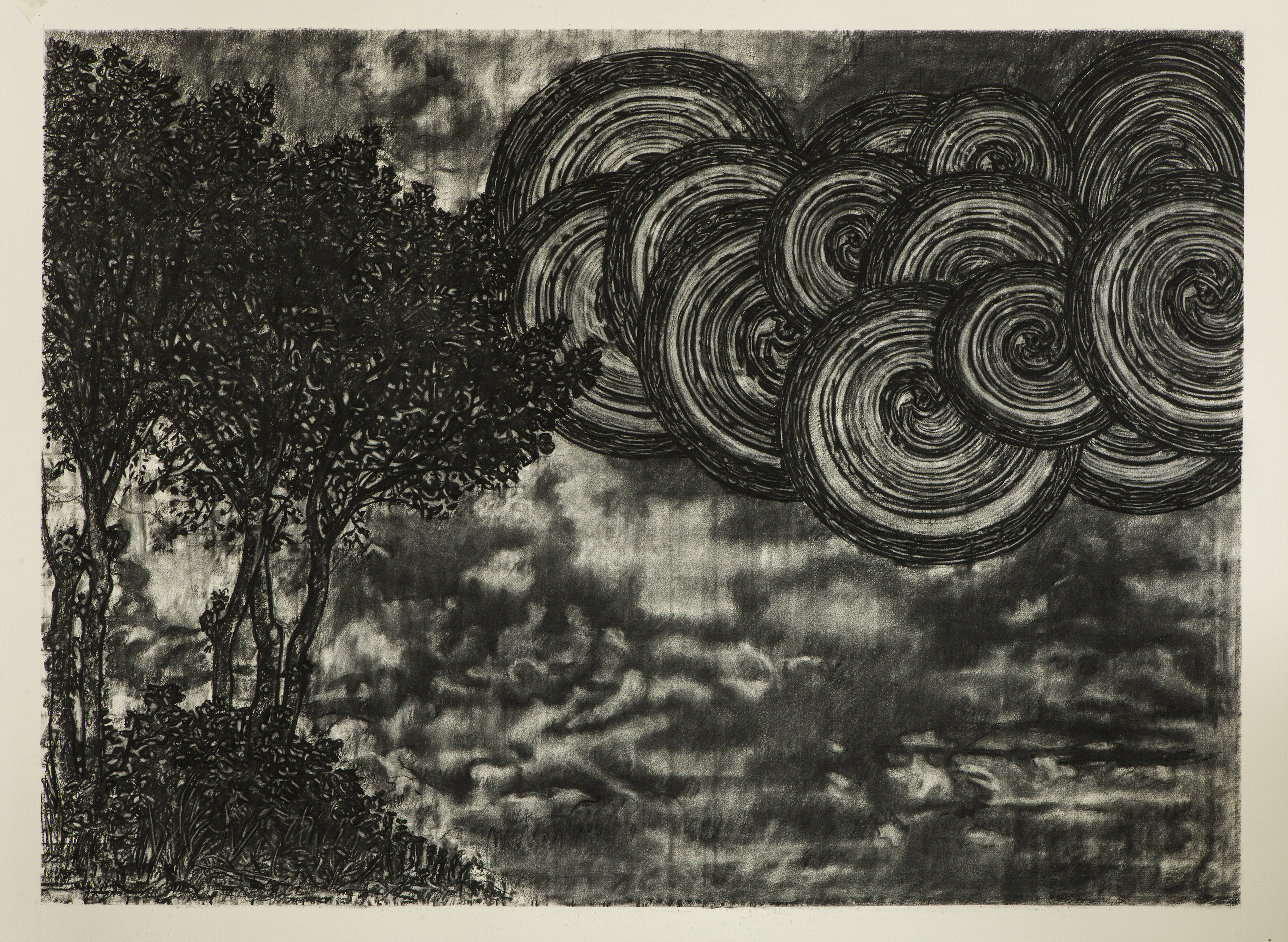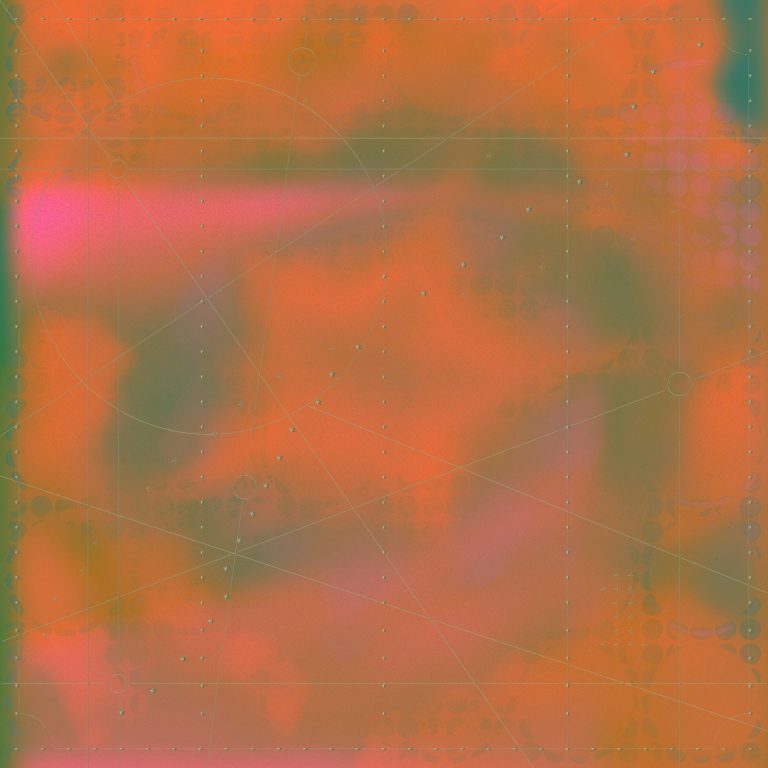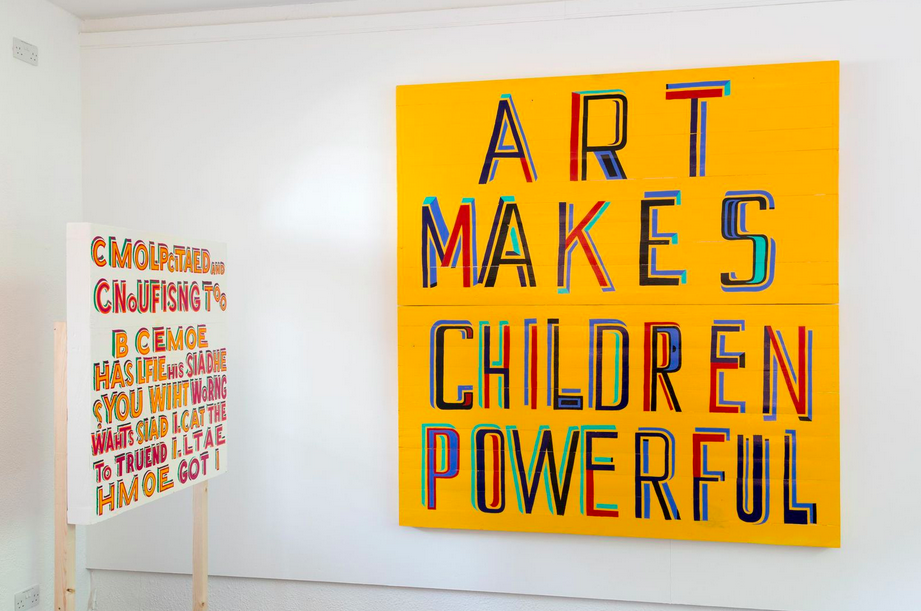A Q&A between Pádraic E. Moore and Gary Coyle following Hello Darkness which took place at the Kevin Kavanagh Gallery from 31 May – 30 June, 2012.
P: Your current exhibition makes manifest preoccupations and obsessions that were present in previous bodies of work. However, there have been some significant developments. In particular, you seem to make many references to digitally manipulated imagery and there has also been a shift into making pieces that include areas of abstract patterns. Both these developments are apparent in a work such as Algae Bloom (Fleur de Mal). So, in many cases figurative works that seem to suggest narrative are punctuated by formal interruptions. Can you discuss this?
G: As you have mentioned, my work has always betrayed an interest in the common place and the everyday. An exploration of this is – I believe – one of the key characteristics of Modernism, stretching back to Manet, who often referenced classical artworks through depicting his own immediate milieu. I use my everyday environment as a basic building block or element through which I filter other concerns and interests. The references to digital imagery I suppose reflect the fact that so much of our everyday experiences are mediated through screens and lenses. I’m also interested in the collision between the man-made and the natural – culture versus nature.
P: There are aspects of works in this exhibition in which the quotidian is elevated to something sacred or archetypal. I suppose we have touched upon this in terms of your appreciation of an artist like Manet. Equally, you often emphasise the sinister character of suburbia. Is it the case that you believe that there is a necessity to focus upon that which lies before you, on your own doorstep so to speak?
G: I have always wondered why some artists feel the need to explore what might be considered the ‘exotic’ or the ‘far flung’. Most of the artists I really admire, Picasso, Beuys, Wentworth, Bonnard, De Chirico, and Kounellis to name but a few, made art which reflected directly on their everyday existence and used whatever it was that was close to hand. So, yes I do feel the necessity to focus on what lies before me. As regards the sinister character of suburbia, I have come to see suburbia as a place of extremes in which malevolence is often concealed beneath deceptive surfaces.
P: The presence of the drawn line in these works is obviously important. Moreover, your approach is clearly meticulous and at times academic. This is in my opinion integral to the power of the drawings – the confluence of traditional technical approaches with contemporary and at times disturbing subject matter. So, is ‘process’ important to you? Do you conceive of the completed image or does the act of making sometimes guide you?
G: I begin a drawing with a basic idea – “I will use this element here and combine it with this background” – but then as the drawing starts to evolve, I hope that it will take on a life and a direction of its own. I know some artists who have a very definite idea of how they want their finished work to look and they strive to implement this mental picture. My response to that has always been if it doesn’t change and evolve in the course of making, then why bother? As regards the actual making, I try to make things as well as I possibly can. At the same time I work by erasing and rubbing out, so that chance and accident play an important role in the process, so I try and balance those two elements, one controlled and the other its exact opposite. The word academic for various reasons is not a word I would like applied to my work. One reason being is that its use is almost always pejorative, and the other is that I am for “better or worst” a member of an Academy. However, if in using that word you mean skillfully made and part of a long tradition of art making and drawing that stretches back over several hundred years, I would plead guilty as charged.
P: In several of the pieces in this exhibition you have produced works that relate to very real occurrences and factual narratives. Clearly the works can operate without one making recourse to the events. However, is it of any importance to you whether or not the viewer is aware of these events?
G: I was at the Willie Doherty show in the Kerlin Gallery recently and I noted several of the works – the ones that were the most atmospheric and which I particularly liked – were accompanied by information regarding what had occurred there; a kneecapping, the murder of an alleged informer for example. In a sense I felt that they were tying the image too closely to a specific event and also dissipating its power. Certainly over the course of my career – such as it is – I have dealt with some pretty dark, bleak, and sensational subject matter: Sharon Tate’s living room, Fred West’s bedroom, porn sets, and images of murderers, etc. However, I have always – maybe foolishly – removed the specifics of the what, where, and when. I suppose because in part I think it’s too easy to drum up interest, to sensationalise by divulging what has occurred. Also, I have always wanted my images to take on a life of their own that was independent of the source. The only time I have coupled image to story was my spoken word piece Death in Dún Laoghaire, and that was designed as a performance in front of an audience.
P: There is a reference to David Berkowitz in your press release for this exhibition. I believe that he is a figure who exemplifies the way in which society constructs narratives around and depictions of what might be termed ‘acts of evil’. The suggestion is that society will always construct archetypes to satisfy certain beliefs and instincts. Is it the case that some of your work is a response to this?
G: I used the Berkowitz quote, as I actually believe it is rather poetic and not at all what one might expect from a mass murderer. Apparently, Jimmy Breslin, the famous New York journalist to whom Berkowitz addressed several letters, described him as the only serial killer with a sense of punctuation. I also thought it described my own relationship with my subject matter rather well. As regards archetypes, I think these are indispensable both in art and in life.

Gary Coyle: Arrrgh
charcoal, 22x62cm
2012
Image courtesy the artist.
P: There are aspects to this exhibition that are clearly polemical. In particular, your reference to the obsession with Modernist architecture, which has of course become ubiquitous subject matter in contemporary art. Perhaps in some ways your practice refutes certain codes and approaches that have become de rigueur?
G: Over the last few decades I think the art has been become quite homogenised. With more and more power concentrated in fewer and fewer hands, and as a result certain styles and concerns become all conquering for a few years. Then suddenly without warning they become passé and some new imperative has taken its place; Expressionism in the 80s, the body in the late 80s early 90s, Relational Aesthetics in the late 90s and early noughties, Modernism redux ad absurdum in mid-noughties, not forgetting the everyday, the archive, etc. I don’t think it’s always been that way, if you look at what was going on in let’s say in Paris in the 20s, there was a very diverse range of work which received critical recognition: Pierre Kossolowiski’s wierd figuration, De Chirico’s Neo-Classicism, Giacometti’s Surrealism, Picasso’s multiple styles and investigations, Man Ray, Matisse, Brancusi, etc., I know it was a golden age and doubtless styles and theories inexplicably fell in and out of favour then too. I know it’s a pretty sweeping statement, but I think the art world now has a bad case of group think, with shoals of people swimming in the same direction. So yes, I suppose there is a rather polemical edge to the piece in the exhibition entitled Arrgh, though I must say it really is quite tongue in cheek.
–




